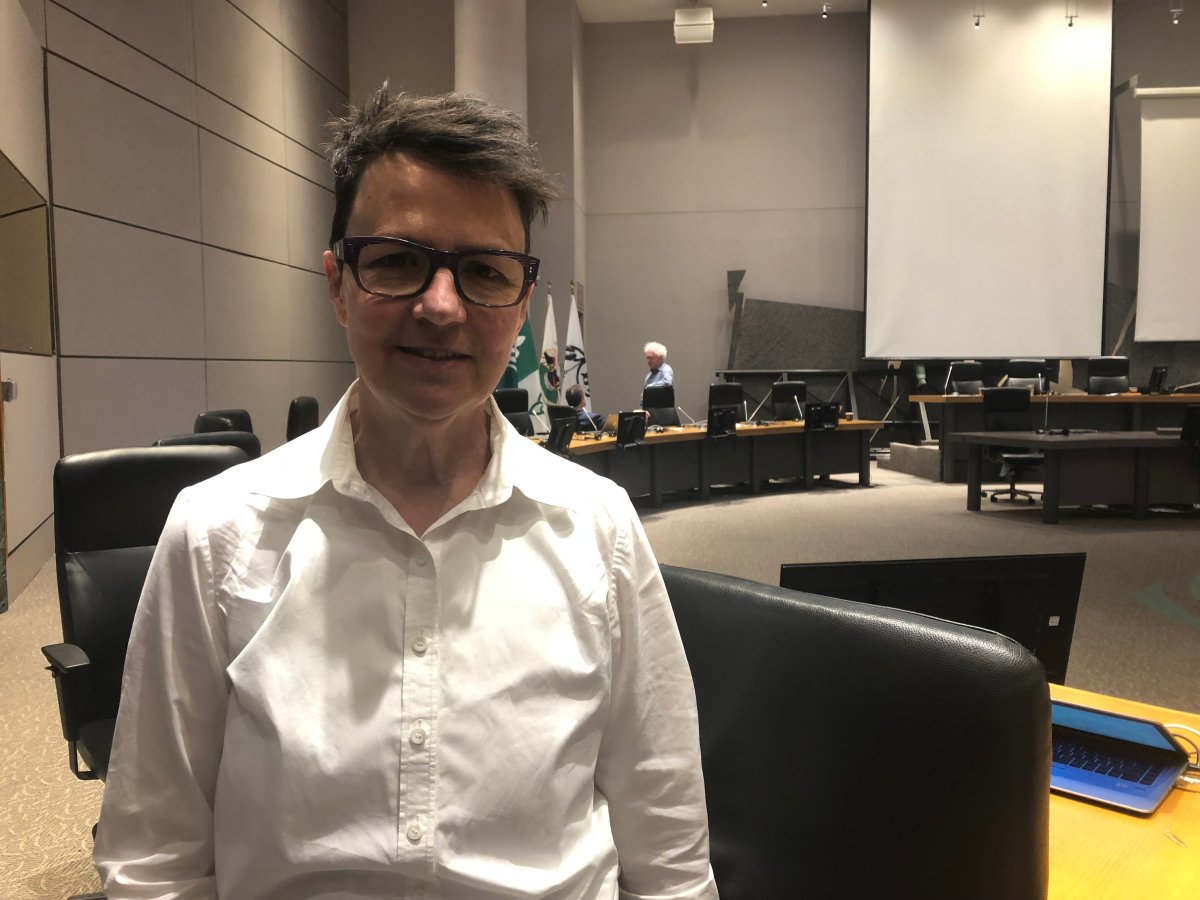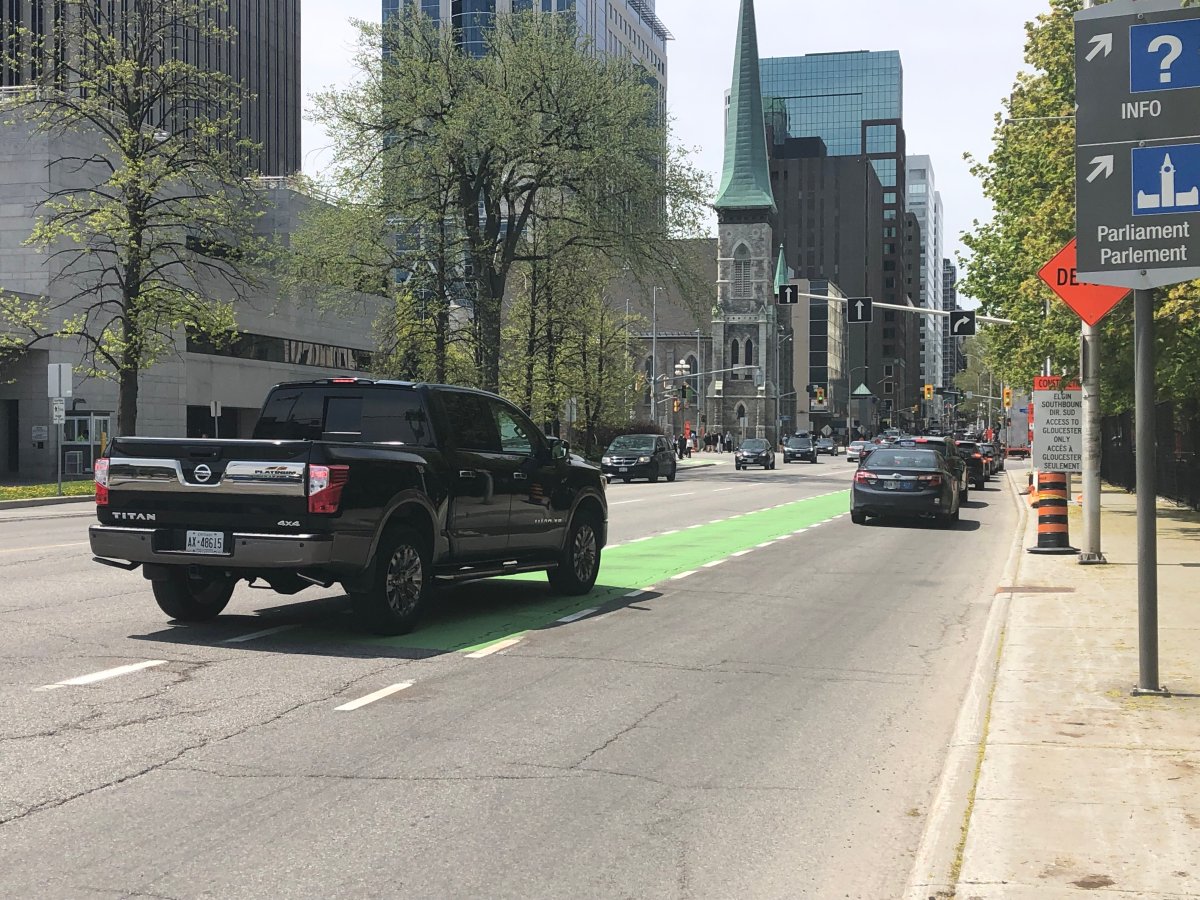UPDATE: At city council on June 12, 2019, councillors voted 15-9 to refer the proposed measures in McKenney’s motion to city staff to consider as they work on a new strategic safety action plan, expected in the fall. A majority of council also voted to refer Leiper’s motion to the city treasurer for consideration.

At city council on Wednesday, Ottawa councillors Catherine McKenney and Jeff Leiper put forth two notices of motion calling for safer cycling infrastructure in the city. This comes almost a week after a cyclist was struck and killed on Laurier Avenue just outside city hall.
The two notices of motion, which are essentially announcing the intent to bring the motions to the subsequent council meeting, ask the city to be more proactive in its approach to cyclist safety on the roads.
“We’ve got to do things in the short term to make sure that people are safe,” said McKenney. “We can’t just keep waiting for cyclists and pedestrians to get killed and then take more action.”
McKenney’s motion calls for the city to adopt the Vision Zero policy.
Vision Zero is a road traffic safety project that spans the globe and aims to achieve a roadway with zero fatalities or serious injuries involving road traffic.
McKenney’s motion will ask city staff to come up with a plan to implement this policy by the end of this year and make several “optimizations” to traffic lights in the city.
These, according to the motion, would include:
- optimized traffic lights for the safety of vulnerable road users first then transit operations and, lastly, traffic flow
- elimination of “revert reds,” which are intersections that use sensors to determine if a light needs to change and change back if it does not sense anyone
- elimination of “beg buttons”
- creation of a plan to revert floating bike lanes like the one on Laurier Avenue to segregated lanes
- addition of flex stakes to all current bike lanes with future plans to convert them into segregated lanes
As for how the city will pay for these infrastructure changes, that’s where Leiper’s motion comes in.
Leiper’s motion will ask the city to use its one-time federal gas tax infrastructure change of $57 million as a reserve dedicated to improvements to cycling infrastructure.
Mayor Jim Watson spoke to reporters after council and said that while the city has already invested more than $80 million over the last couple of years toward infrastructure, he also knows that one death is too many so there is more to be done. Unfortunately, he says it’s not as simple as diverting the gas tax money towards cycling infrastructure improvement.
“My view is those kinds of requests to spend that money, I think it’s been spent six times over already so we have to bring some semblance of order,” said Watson.
“Every municipality wants to ensure that there is safety for cyclists and pedestrians. No one is against that, but (what) we have to do is to come up with a comprehensive plan, which is normally done through the transportation master plan, to determine what gets prioritized and what can we do and what has to be improved.”
McKenney’s and Leiper’s motions will be brought to council and voted on next Wednesday, June 12
WATCH: Cycling safely to work — some tips from Peterborough B!ke






Comments